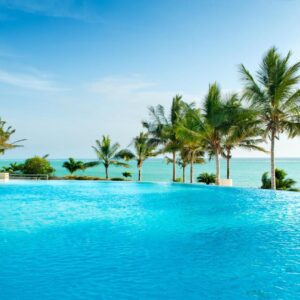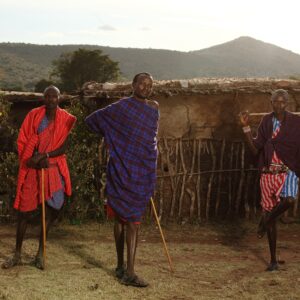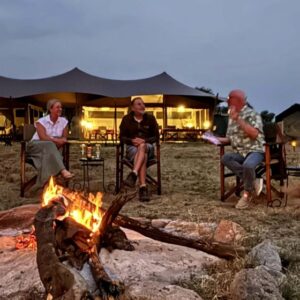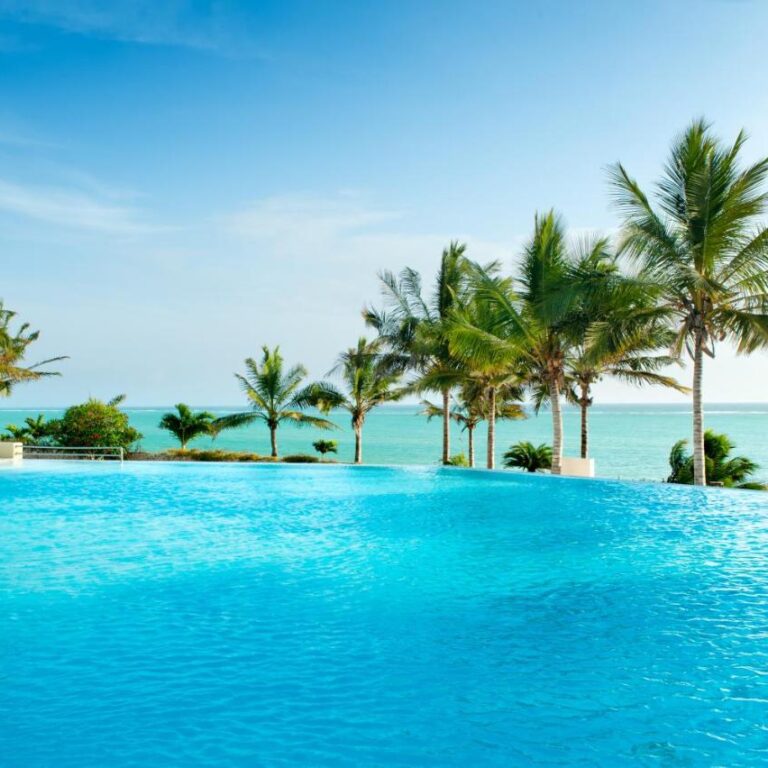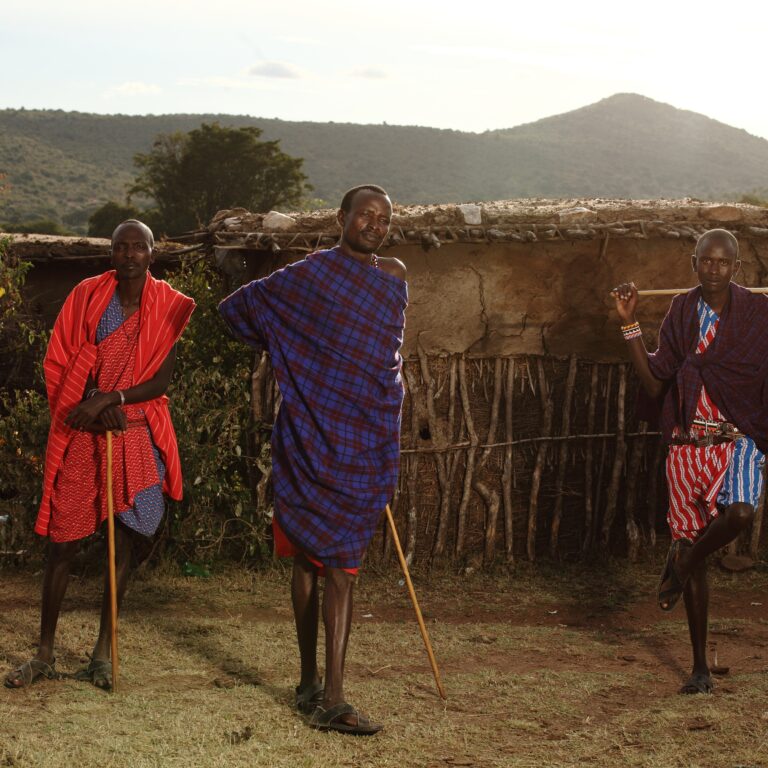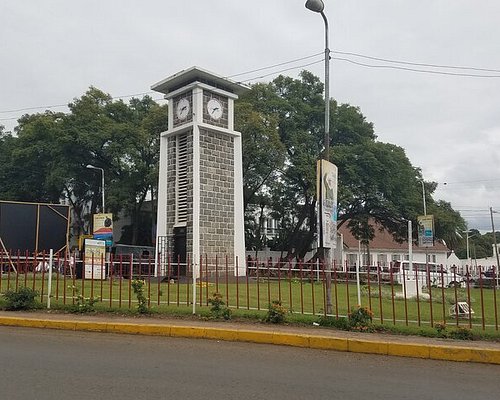Kruger and Serengeti: A Guide to Choosing Your African Safari Destination.
Embarking on an African safari is a dream for many, and choosing the right destination is crucial for a memorable experience. In this guide, we’ll delve into the comparison of two iconic wildlife havens: Serengeti and Kruger. Let’s navigate through the landscapes, wildlife, and unique features to help you decide which one suits your safari aspirations.
Serengeti and Kruger are both iconic safari destinations, each with its own unique appeal. Let’s delve into the details to help you decide which one suits your African safari adventure. Both parks offer the Big Five; however. It will be much harder to spot the animals in Kruger due to the layout of the park with the paved roads. Animals often stay far from the roads. If you want a more adventurous safari with multiple animal sightings, Serengeti National Park is the way to go.
Unveiling the Battle of Giants
The Serengeti, nestled in Tanzania, and Kruger, located in South Africa, are giants in the safari world. Both boast awe-inspiring landscapes and an abundance of wildlife, making the decision a challenging one for safari enthusiasts. Let’s dissect the key elements that differentiate these two renowned destinations.
Exploring the Terrains
The geographical diversity of Serengeti and Kruger plays a pivotal role in shaping their safari experiences. Serengeti’s expansive grasslands, interspersed with acacia trees and rocky kopjes, provide an ideal habitat for the Great Migration. On the other hand, Kruger’s diverse landscapes encompass savannahs, woodlands, and riverine forests, offering a rich tapestry of ecosystems to explore.
A Closer Look at Wildlife
The heart of any safari lies in encountering majestic wildlife, and both Serengeti and Kruger deliver on this front. Serengeti is renowned for the Great Migration, where millions of wildebeest and zebras traverse the plains in search of greener pastures. In Kruger, the Big Five—lion, leopard, elephant, buffalo, and rhinoceros—take center stage, promising exhilarating game drives.
Safari Stay Options
Choosing the right accommodation enhances the safari experience. Serengeti offers a mix of luxury lodges and tented camps, providing an intimate connection with nature. Kruger, with its diverse lodging options, caters to various budgets, ensuring a comfortable stay amidst the wilderness.
Weather Insights for Your Safari
Understanding the climate is crucial for planning a safari. Serengeti experiences distinct wet and dry seasons, with the dry season (June to October) being optimal for wildlife sightings. Kruger, with a more temperate climate, offers year-round game viewing opportunities, making it a versatile choice for safari-goers.
Beyond Animal Sightings
Safaris are not just about spotting animals; they offer a spectrum of activities. Serengeti entices adventure seekers with hot air balloon rides, providing a unique perspective of the vast plains. Kruger, with its guided walks and night drives, allows a deeper immersion into the nocturnal world of African wildlife.
Immersing in Local Experiences
Culture adds a unique dimension to a safari. Serengeti introduces travelers to the Maasai people, known for their vibrant traditions and storytelling. Kruger, surrounded by local communities, provides opportunities to engage with South Africa’s diverse cultures, adding a cultural flair to your safari.
Preserving Nature’s Wonders
Conservation efforts are integral to maintaining the allure of these natural wonders. Serengeti focuses on the protection of the Great Migration and its ecosystems, emphasizing sustainable tourism. Kruger’s conservation initiatives extend to rhino anti-poaching programs, contributing to the preservation of endangered species.
Balancing Cost and Experience
Budget considerations play a significant role in safari planning. Serengeti, with its emphasis on luxury accommodations, caters to those seeking an exclusive experience. Kruger, offering a range of lodging options, provides flexibility for budget-conscious travelers without compromising on the safari adventure.
Capturing the Wild Moments
For photography enthusiasts, both Serengeti and Kruger offer unparalleled opportunities. Serengeti’s vast landscapes and dramatic wildlife interactions create a captivating backdrop for photography. Kruger’s diverse ecosystems and close encounters with the Big Five present a photographer’s paradise.
Which Is Better for the Big Five: Serengeti or Kruger?
Comparing Serengeti National Park in Tanzania and Kruger National Park in South Africa for the “Big Five” (lion, leopard, elephant, buffalo, and rhinoceros) depends on various factors. And both parks offer unique experiences. Ultimately, both Serengeti and Kruger offer fantastic opportunities to see the Big Five. But the experience can vary depending on the time of year, specific locations within the parks, and a bit of luck. If your primary goal is to witness the Great Migration, the Serengeti is an unparalleled choice. If you’re looking for a diverse range of wildlife. Including a strong rhinoceros population, Kruger National Park is an excellent option.
How Do Serengeti and Kruger Compare When It Comes to Other Large Mammals?
Both Serengeti National Park in Tanzania and Kruger National Park in South Africa boast an impressive array of large mammals. Offering unique and diverse wildlife experiences. Here’s a comparison of the two parks when it comes to other prominent large mammals:
Serengeti National Park: Cheetah, Giraffe, Hippopotamus, African Wild Dog, Topi and Grant’s Gazelle
Kruger National Park: Cheetah, Giraffe, Hippopotamus, African Wild Dog, Impala and Kudu.
Both parks offer an incredible diversity of large mammals. And the specific species you encounter can depend on factors such as the time of year, the region within the park, and a bit of luck. Whether you’re interested in predators, herbivores, or a mix of both. Serengeti and Kruger provide exceptional opportunities for wildlife enthusiasts.
Is Kruger or Serengeti Better for Birding?
Both Kruger National Park in South Africa and Serengeti National Park in Tanzania are exceptional birding destinations, offering birdwatchers the chance to spot a wide variety of species. The choice between the two depends on personal preferences and the specific birds you hope to see. Here’s a comparison of the birding experiences in Kruger and Serengeti:
Kruger National Park: Diversity: Kruger is renowned for its rich bird diversity, with over 500 bird species recorded, Waterbirds: The numerous rivers and waterholes in Kruger attract a significant number of waterbirds, including herons, storks, and kingfishers. Raptors: Kruger offers excellent opportunities to observe raptors such as eagles, hawks, and vultures soaring in the skies. Migratory Birds:
Serengeti National Park: Grassland Species: including ostriches, bustards, and secretary birds. Birds of Prey: Similar to Kruger, the Serengeti provides opportunities to spot various raptors, including eagles and vultures.
Ultimately, both parks are fantastic for birding, and the choice may come down to your specific birding interests and the overall safari experience you seek. Whether you prefer the diverse landscapes of Kruger or the vast plains of the Serengeti, both parks offer memorable birding opportunities with a chance to see a wide variety of species in their natural habitats.
Which Is the More Scenic Between Serengeti and Kruger?
The comparison of the scenic beauty between Serengeti National Park in Tanzania and Kruger National Park in South Africa is subjective and depends on personal preferences. Both parks offer stunning landscapes, but they differ in terms of topography, vegetation, and overall scenery.
Serengeti National Park: Vast Plains: Serengeti is famous for its expansive grassy plains. Particularly during the Great Migration when millions of wildebeest and zebras traverse the landscape. The open vistas provide a sense of endless space and a classic African safari experience.
Acacia Trees: The park features scattered acacia trees. Adding a picturesque element to the scenery and providing opportunities for wildlife photography.
Rock Outcrops: Some areas of the Serengeti include rocky outcrops. Known as kopjes, which offer panoramic views and serve as popular locations for predators.
Kruger National Park: Diverse Landscapes: Kruger is characterized by a diverse range of landscapes, including savannahs, woodlands, and riverine areas. The park’s varied topography contributes to a dynamic and ever-changing scenery.
Rivers and Waterholes: Numerous rivers and waterholes in Kruger attract wildlife and provide scenic spots for observation. The Sabie River, in particular, offers picturesque views.
Baobab Trees: In certain regions of Kruger, especially the northern parts, you can find iconic baobab trees that enhance the scenic beauty, especially during sunrise and sunset.
Ultimately, the choice between the Serengeti and Kruger for scenic beauty depends on individual preferences. If you appreciate vast open plains and the spectacle of the Great Migration, the Serengeti might be more appealing. On the other hand, if you prefer a variety of landscapes and the opportunity to explore different ecosystems within one park, Kruger offers diverse and picturesque scenery. Both parks, however, are known for their breathtaking natural beauty and provide an unforgettable safari experience.
How Do Serengeti and Kruger Compare When It Comes to Other Large Mammals?
Both Serengeti National Park in Tanzania and Kruger National Park in South Africa boast an impressive array of large mammals. Offering unique and diverse wildlife experiences. Here’s a comparison of the two parks when it comes to other prominent large mammals:
Serengeti National Park: Cheetah: The Serengeti is known for its open grasslands, providing an ideal habitat for cheetahs. Visitors have a good chance of spotting these swift predators.
Giraffe: Giraffes are commonly seen in various parts of the Serengeti, adding to the park’s rich biodiversity.
Hippopotamus: Rivers and waterholes in the Serengeti attract hippos, offering opportunities for visitors to observe these semi-aquatic mammals.
African Wild Dog: The Serengeti is home to African wild dogs, though they are considered endangered. Seeing them is a rare but thrilling experience.
Topi and Grant’s Gazelle: These antelope species are abundant in the Serengeti and contribute to the park’s vibrant ecosystems.
Kruger National Park: Cheetah: Kruger also has a population of cheetahs. And visitors may encounter them in grassy areas or open plains within the park.
Giraffe: Giraffes are widespread in Kruger, and their graceful presence adds to the park’s scenic beauty.
Hippopotamus: Rivers and water sources in Kruger are inhabited by hippos, offering opportunities for viewing these massive mammals.
African Wild Dog: Kruger has a population of African wild dogs as well. While sightings are not guaranteed, the park contributes to the conservation of this endangered species.
Impala and Kudu: Kruger is home to a variety of antelope species. Including impalas and kudus, which are commonly seen throughout the park.
Both parks offer an incredible diversity of large mammals. And the specific species you encounter can depend on factors. Such as the time of year, the region within the park, and a bit of luck. Whether you’re interested in predators, herbivores, or a mix of both. Both Serengeti and Kruger provide exceptional opportunities for wildlife enthusiasts.
Which Is the More Scenic Between Serengeti and Kruger?
The comparison of the scenic beauty between Serengeti National Park in Tanzania and Kruger National Park in South Africa is subjective and depends on personal preferences. Both parks offer stunning landscapes, but they differ in terms of topography, vegetation, and overall scenery.
Serengeti National Park: Vast Plains: Serengeti is famous for its expansive grassy plains. Particularly during the Great Migration when millions of wildebeest and zebras traverse the landscape. The open vistas provide a sense of endless space and a classic African safari experience.
Acacia Trees: The park features scattered acacia trees. Adding a picturesque element to the scenery and providing opportunities for wildlife photography.
Rock Outcrops: Some areas of the Serengeti include rocky outcrops. Known as kopjes, which offer panoramic views and serve as popular locations for predators
Kruger National Park: Diverse Landscapes: Kruger is characterized by a diverse range of landscapes, including savannahs, woodlands, and riverine areas. The park’s varied topography contributes to a dynamic and ever-changing scenery.
Rivers and Waterholes: Numerous rivers and waterholes in Kruger attract wildlife and provide scenic spots for observation. The Sabie River, in particular, offers picturesque views.
Baobab Trees: In certain regions of Kruger, especially the northern parts. You can find iconic baobab trees that enhance the scenic beauty, especially during sunrise and sunset.
Ultimately, the choice between the Serengeti and Kruger for scenic beauty depends on individual preferences. If you appreciate vast open plains and the spectacle of the Great Migration, the Serengeti might be more appealing. On the other hand, if you prefer a variety of landscapes and the opportunity to explore different ecosystems within one park, Kruger offers diverse and picturesque scenery.
When Is the Best Time To Visit Serengeti or Kruger?
Serengeti: The best time to visit Serengeti is during the Great Migration (July to October) when millions of wildebeest and zebras move across the plains, providing a breathtaking wildlife spectacle.
Kruger: Optimal time is the dry season (May to September) for excellent wildlife sightings due to sparse vegetation. June to August offers cooler temperatures for a more comfortable safari experience. Consider your specific interests, as both parks have unique attractions during different times of the year.
Do Kruger and Serengeti Offer a Similar Range of Activities?
Yes, Kruger and Serengeti offer a comparable range of activities. Both provide classic game drives, guided walks, and birdwatching excursions. Additionally, hot air balloon safaris are popular in Serengeti, while boat safaris along rivers are common in Kruger. Both parks cater to diverse interests, ensuring a comprehensive safari experience with opportunities for wildlife viewing, photography, and enjoying the natural landscapes.
What Are the Relative Costs of Visiting Kruger and Serengeti?
Serengeti National Park: Generally, Serengeti safaris can be pricier due to remote locations and exclusive camps. Luxury accommodations and guided tours contribute to higher costs.
Kruger National Park offers a range of accommodation options, making it more accessible for various budgets. Self-driving and camping options provide more cost-effective choices compared to exclusive lodges in Serengeti.
Serengeti vs Kruger: Which Is Better for Escaping the Crowds?
The Serengeti National Park: Visit from January to March for a quieter experience with fewer tourists, though wildlife is still abundant. The off-peak season provides lush landscapes and excellent birding opportunities.
Kruger National Park: May to September is less crowded, especially during the cooler winter months. Game viewing is optimal, and you can escape the crowds while enjoying the park’s diverse landscapes and wildlife.
What Sort of Accommodations Can I Expect in Serengeti and Kruger?
In Serengeti, accommodations range from luxury lodges with tented camps to mid-range safari lodges and basic campsites. Kruger offers similar options, including luxury lodges, safari tents, self-catering chalets, and campsites. Both parks provide various accommodation styles catering to different budgets and preferences, ensuring a comfortable stay amidst the wilderness.
Serengeti vs Kruger: Which Is More Accessible?
Kruger National Park is generally more accessible due to its proximity to major airports and well-maintained road infrastructure. The park has numerous entry gates, making it easier to reach from Johannesburg and other nearby cities. Serengeti National Park, located in a remote part of Tanzania, requires longer travel times and often involves flights to regional airstrips. Kruger’s accessibility makes it a convenient choice for those seeking a diverse safari experience with relatively straightforward transportation options.
In conclusion, choosing between the Serengeti and Kruger for an African safari ultimately depends on personal preferences and priorities. Both destinations offer remarkable wildlife encounters, breathtaking landscapes, and a chance to connect with the untamed beauty of Africa. Serengeti National Park Vs Kruger National Park whether you are captivated by the Great Migration in the Serengeti or the diverse ecosystems of Kruger, an African safari in either location promises an unforgettable adventure in the heart of the wild.

